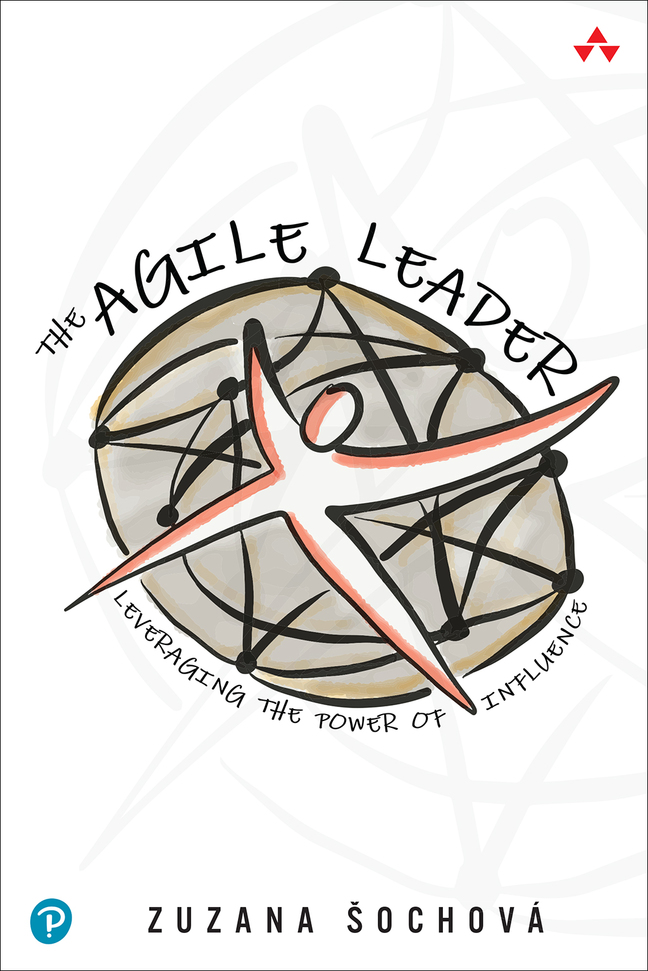Considering the shift from siloed based departments with subject matter experts focusing on their specialization in traditional organizations to more general cross-functional teams where members combine different skills to maximize the value in agile organizations, there is a trend to generalize positions and flatten the career path as the hierarchy got less important. Agile organizations are moving from fixed detailed positions to t-shaped skill positions or even no-positions at all, with emergent roles depending on the actual need. They abandon the skills based positions and creating a competence based model where employees are deciding what is their journey going to be. We optimize for flexibility and career mobility. The reason for such shift is again dealing with VUCA challenges as the world becomes too volatile, uncertain, complex, and ambiguous for pre-defined skilled based roles. Agile organizations need flexibility. They need to react fast on any changes in the business environment, are there new competitors offering different value, are there new technologies emerging, are there new challenges in the market, those are just a few questions you can ask. But there is no doubt that the world is not the same anymore. To deal with changes and support the people growth, Agile organizations invest in developing coaching and mentoring programs, and encouraging the internal workshops led by employees where they teach each other.
From my experience, from organizational design perspective, the hardest to imagine is the flat structure where leadership is emergent, and no fixed positions even exists. People are developing roles for themselves based on the current situation and needs, teams are forming around business challenges and adjourning once the challenge is solved. It’s a liquid structure. Very flexible, and very purpose driven. It’s one of those things you need to experience to be able to believe in it. And that’s a chicken – egg problem. What helped me was the experience from our Scrum teams, where I could see how self-organization works at the team level. And then applying it to large ecosystem was simply just using the same skills I was used to apply at the team level. In such environment where people take over the ownership and responsibility for doing their best to maximize the value and achieve the purpose, the detailed positions become irrelevant as teams are cross-functional and individuals t-shaped skilled. Then you can freely remove them, as they are not needed anymore. Quite straightforward. The culture and mindset goes first, the practices will follow.
Now if my last paragraph was way too far for you, the first small step you can start with even in very traditional environment is to shift from managing individuals to team collaboration. The more they collaborate, they develop the T-shaped skills for each individual. It still doesn’t mean that every single person can do everything the same way as anybody else, but they can actually help each other, they can review and test each other’s work, and they understand the whole little by little. T-shirt are not taking too much effort and are creating a ground for forming cross-functional teams. Once you have a cross-functional team, as first step, you can shift from skill-based roles which are not applicable anymore – like tester, software developer, UX designer, business analyst, etc. to general roles – i.e. team member, engineer or as Scrum call is ‘developer’ (note in Scrum we don’t mean ‘software developer’ but ‘product developer’).
It’s not that hard. Collaboration is fun and t-shaped skills are going really fast. On that journey, detailed positions becomes very soon redundant, and soon after, the career path will reflect the dynamics of the organizational design. People in such organizations are not motivated by given career ladder. They care about their opportunity for growth and personal development.

 Learn more about transforming organizations, leadership, and culture with Agile & Enterprise Coaching. Check our Scrum and Agile training sessions on Sochova.com. Grab a copy of The Great ScrumMaster: #ScrumMasterWay book and The Agile Leader: Leveraging the Power of Influence book.
Learn more about transforming organizations, leadership, and culture with Agile & Enterprise Coaching. Check our Scrum and Agile training sessions on Sochova.com. Grab a copy of The Great ScrumMaster: #ScrumMasterWay book and The Agile Leader: Leveraging the Power of Influence book.
Disclaimer: All I write on this blog is purely personal and has no relation with any position I have, used to have or will have in the future.
